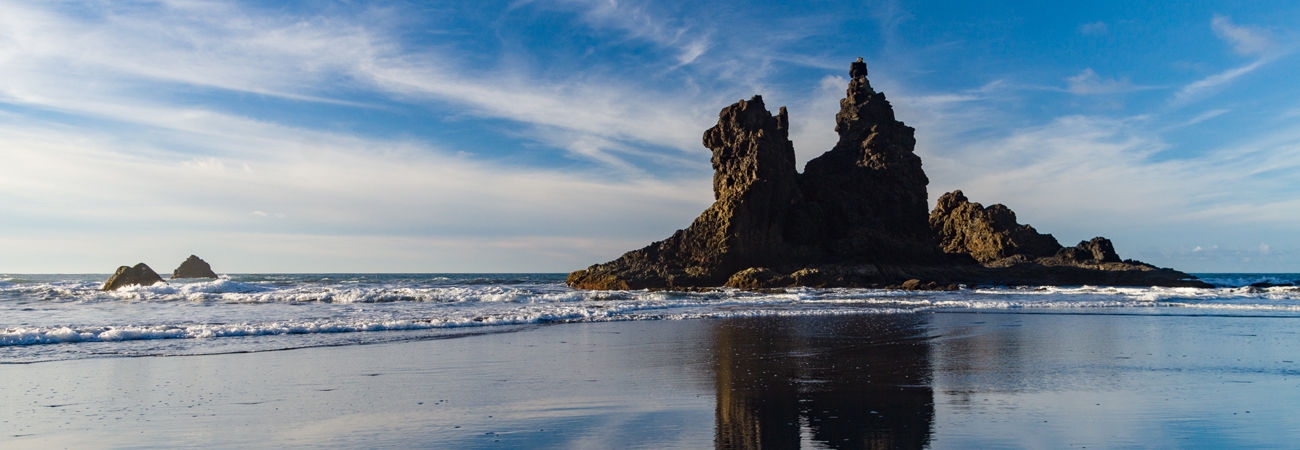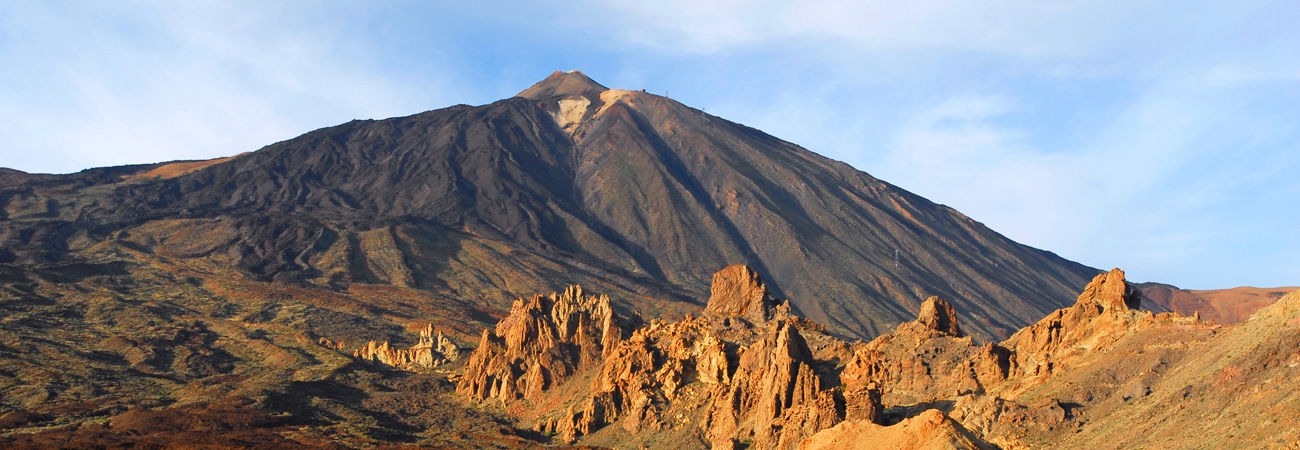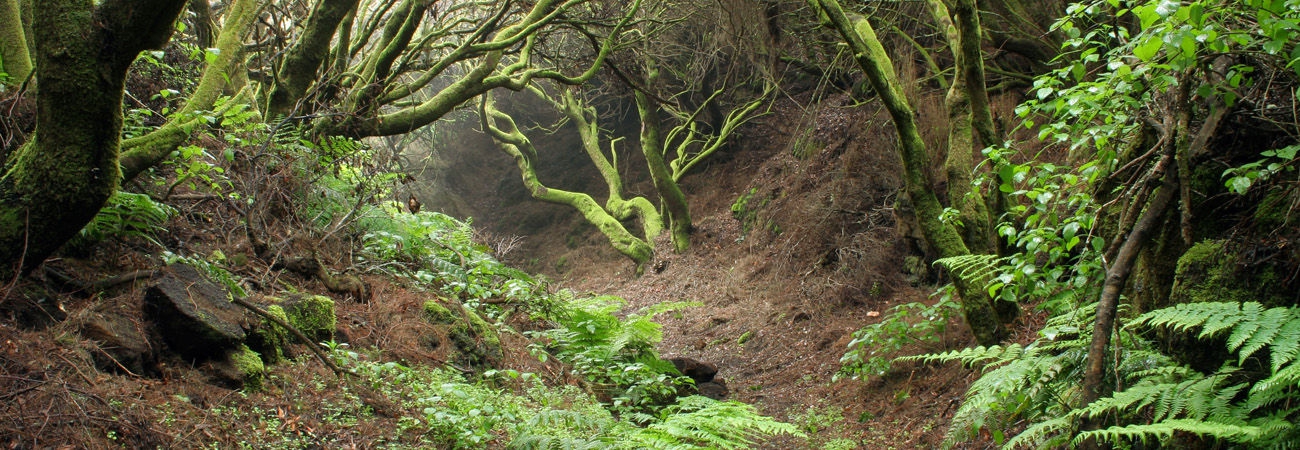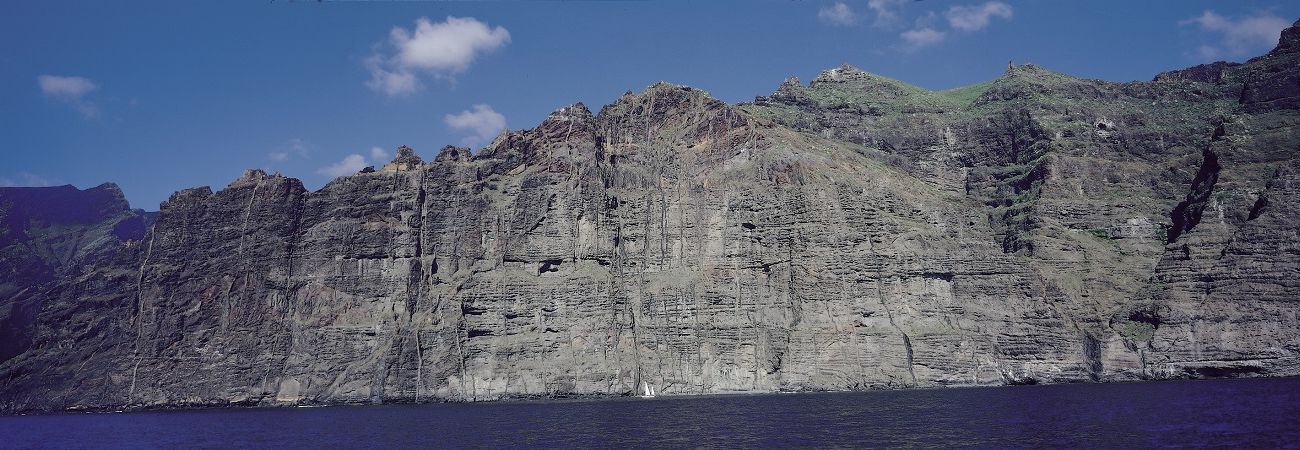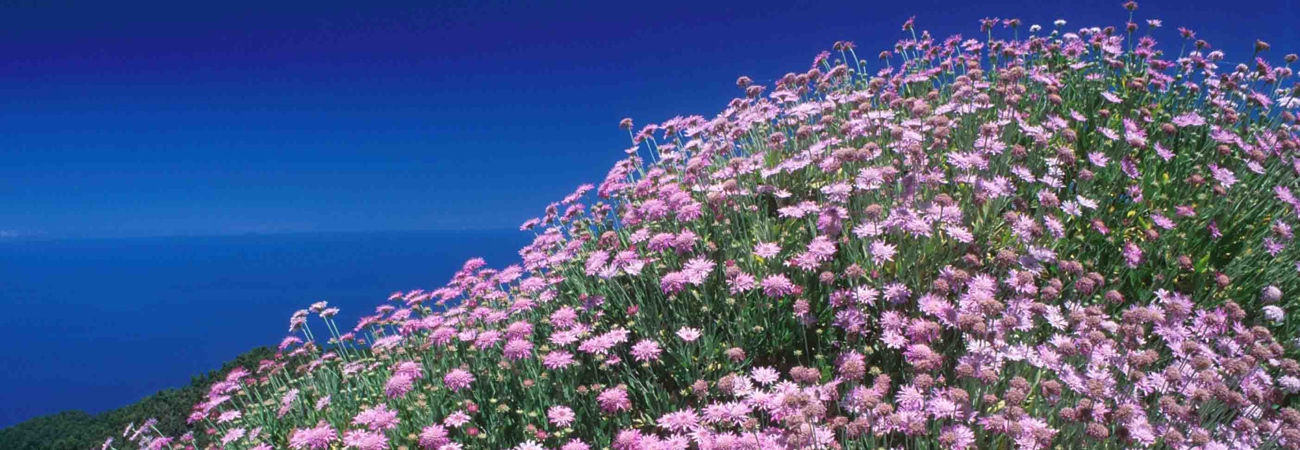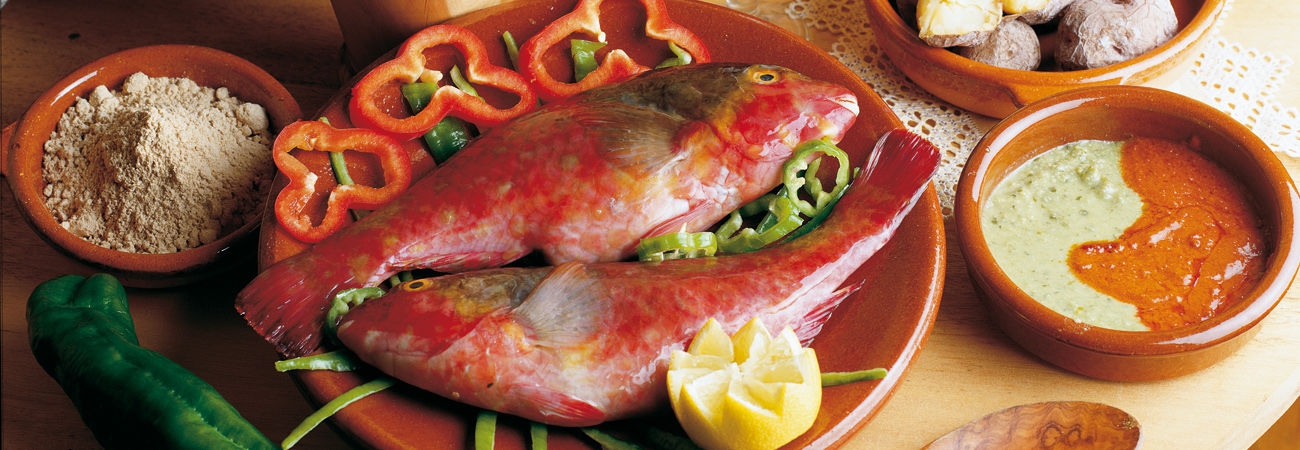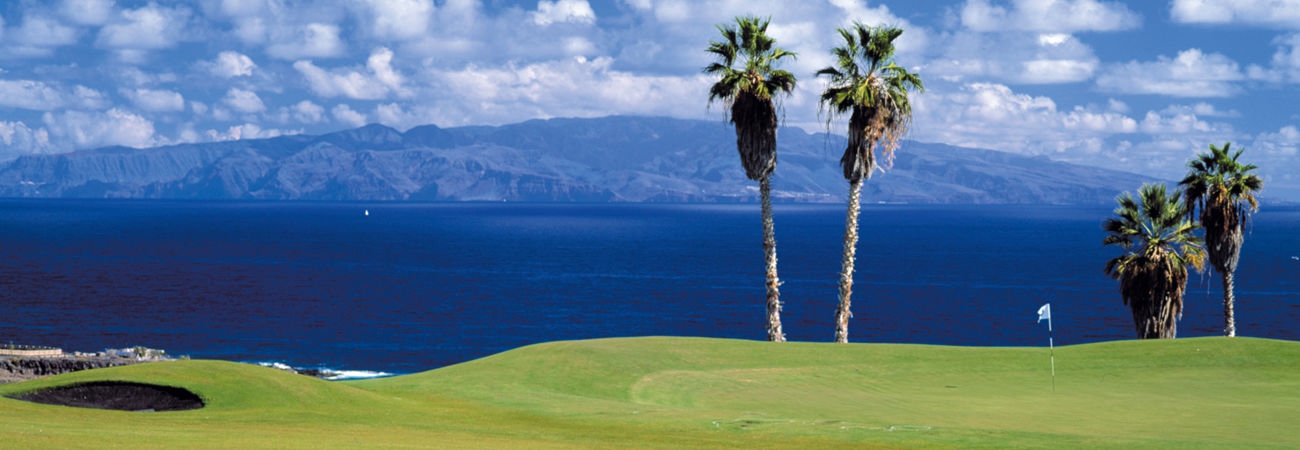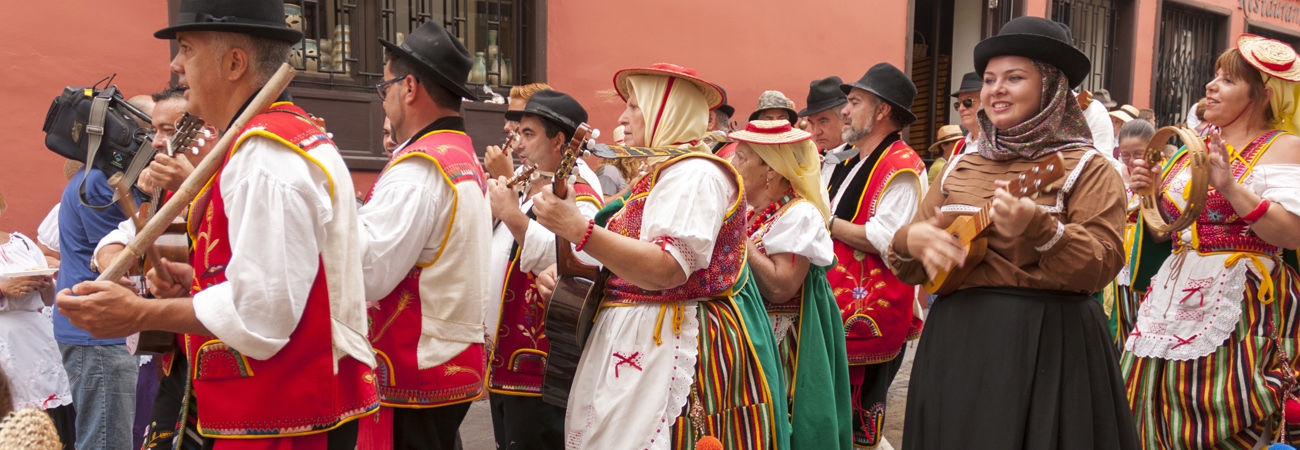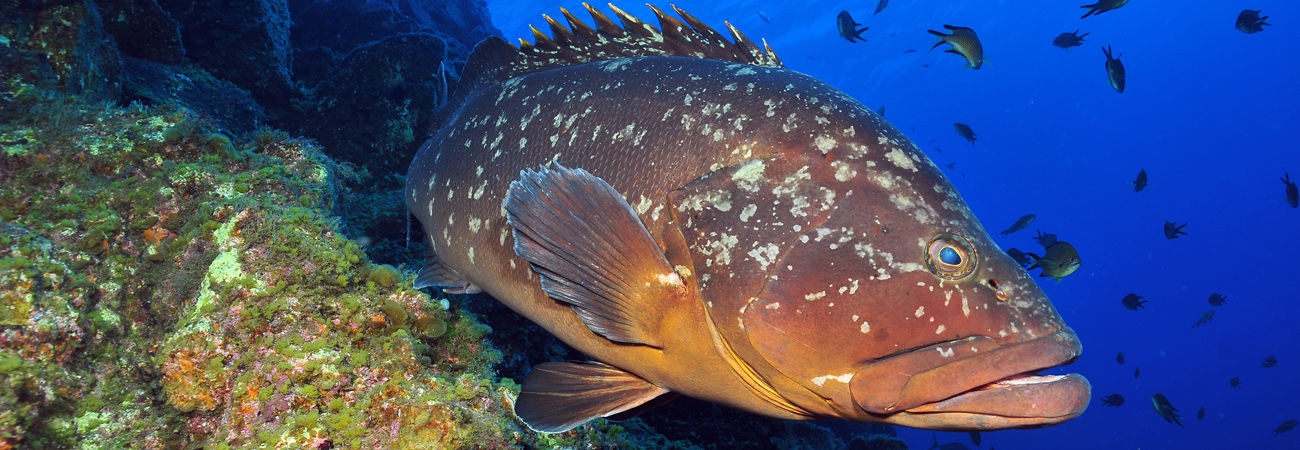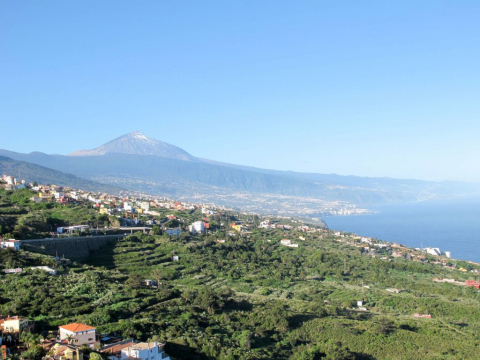San Juan de la Rambla
The present borough is part of what used to be called the district of Icode, which was part of the "Menceyato" or Kingdom of the same name.
The lands were shared out among those who had taken part, by the Governor after the conquest. Mainland and Canary Island conquerors came together with African slaves that had been brought in for the harder work.
It was Martín Rodríguez, considered to be the founder of the town, who built the first church, devoted to San Juan, around 1530. This was extended around 1558 and acted as a parish church, independent from the parish church of Realejo by the end of the 16th century. Other churches were also built in different settlements: Santa Catalina (1519) and San José, in the 18th century.
The economy of the borough was based on one crop for the highland areas and another for the lowlands: wine and wheat. In fact, they were so important that wills written here usually include a clause specifying an offering of these products during the funeral. The port of Las Aguas was used to export the produce. The corn exchange was created in connection with farming activity, which continued up until this century.







